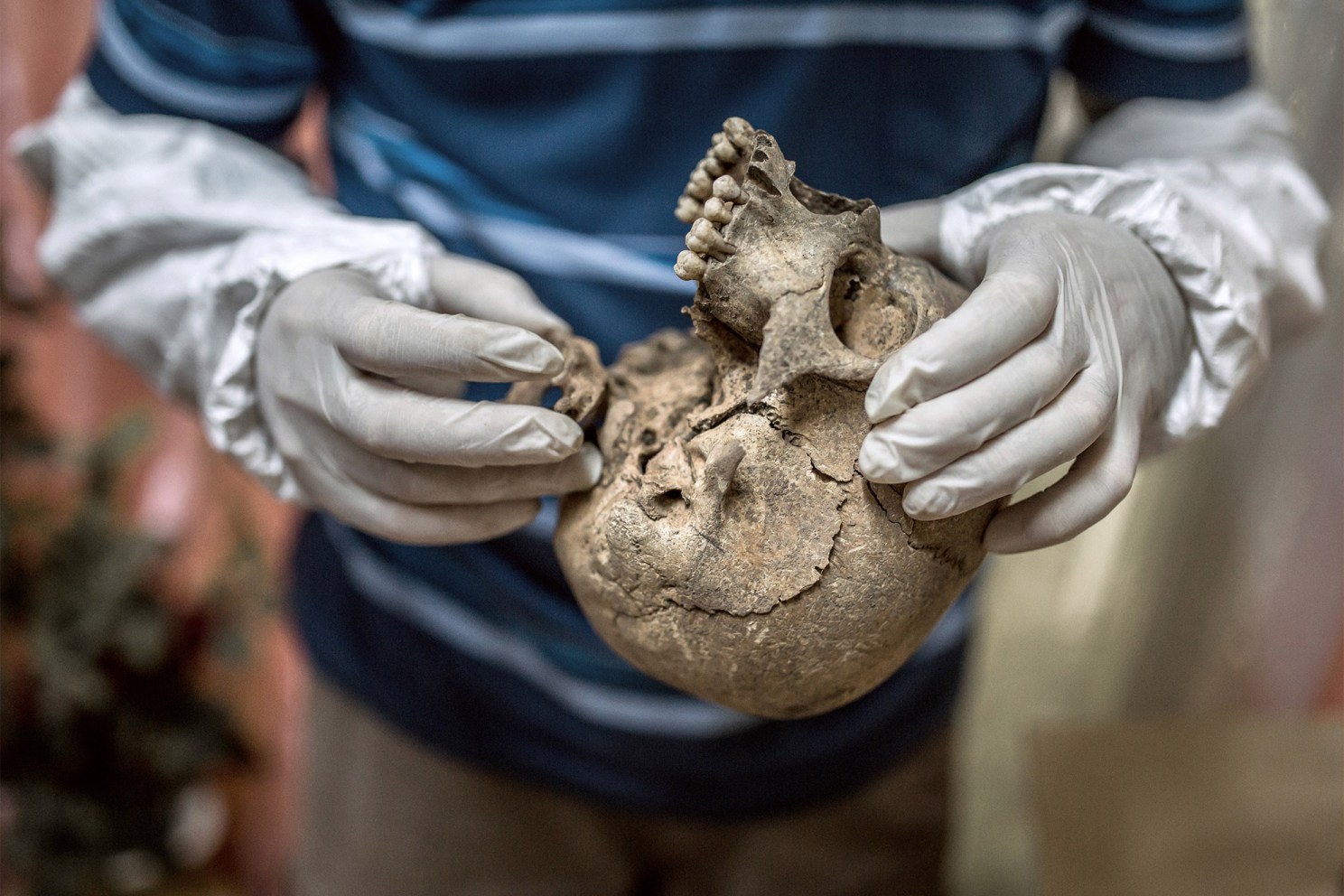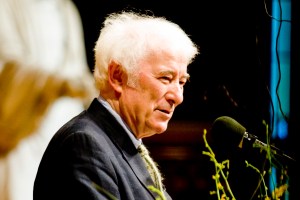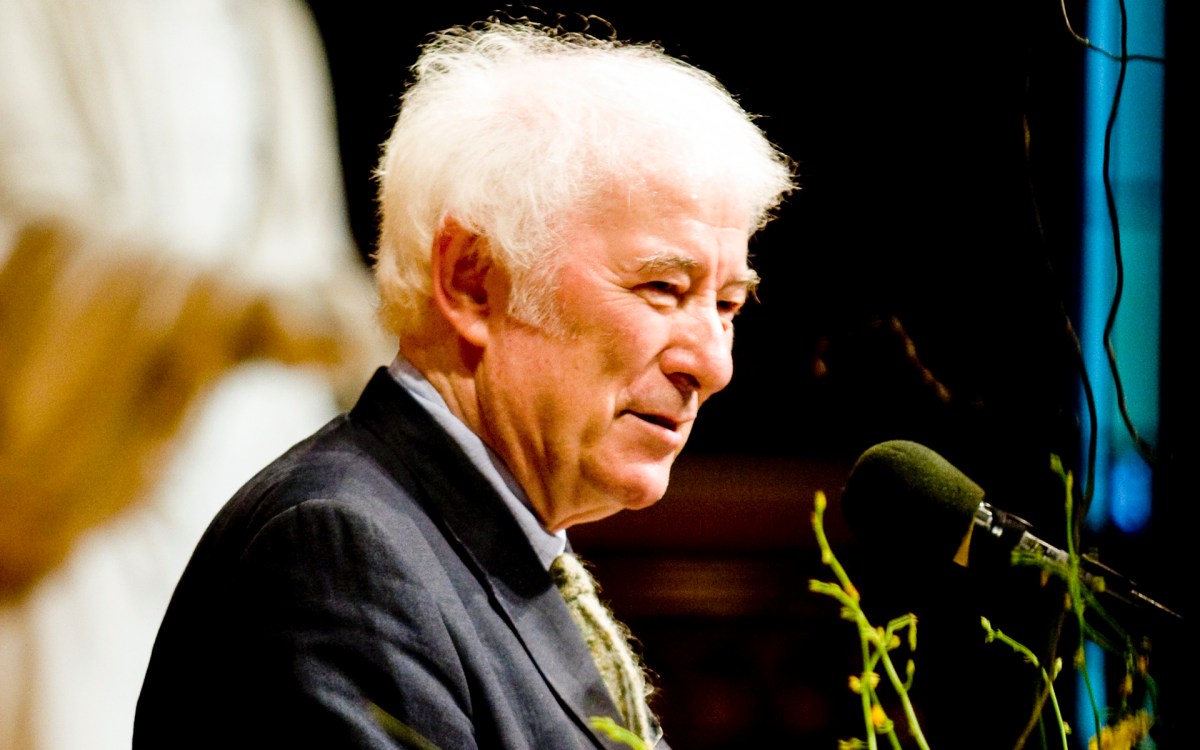Ancient DNA shows ‘intense connectivity,’ rapid migration from Ural Mountains to Hungary

On-site analysis and sampling was done by co-author Balázs G. Mende at Russia’s Tyumen State University.
Photo by Mátyás Szöllősi
Ancient DNA scientists have zeroed in on the origins of Hungary’s medieval conquerors.
The Magyars, who dominated Europe’s Carpathian Basin from the early 10th century, appear closely linked with populations that formed far earlier around the Ural Mountains, located more than 3,000 miles east of Budapest. Evidence shows migrants leaving the Urals beginning in the early ninth century, establishing their culture and distinct Uralic language less than a century later in Central Europe.
“Our aim was to trace back the Magyars’ genetic history back to the east,” said co-senior author Anna Szécsényi-Nagy, director of the Institute of Archaeogenomics at Budapest’s Research Centre for the Humanities. “We identified some ancestors of these early Magyars with what archaeologists call the Karayakupovo Horizon. They lived on both sides of the Urals and probably had intensive contact with one another. In fact, we can now hypothesize that they migrated together.”
The findings, published this fall in the journal Cell, shed new light on a culture that exists as a linguistic island, with modern Hungarians surrounded on all sides by Indo-European languages. The research was made possible by cutting-edge methods developed at Harvard.
Szécsényi-Nagy is a longtime collaborator of co-senior author David Reich, a professor of genetics at Harvard Medical School and human evolutionary biology in the Faculty of Arts and Sciences. Szécsényi-Nagy was still a Ph.D. candidate studying archaeogenetics at Germany’s Johannes Gutenberg University Mainz when she contributed to a 2015 paper on the arrival of Indo-European languages in Europe.
“That was the first paper where we used this new method called in-solution enrichment for more efficiently and inexpensively getting DNA out of ancient samples,” recalled Reich, whose Harvard-based lab developed the influential technique with researchers at the Max Planck Institute for Evolutionary Anthropology in Leipzig. “The majority of data we have today comes from this process.”
Reich and Szécsényi-Nagy subsequently partnered on a series of research projects, including a 2017 Nature paper comparing the prehistoric transition to farming in different parts of Europe. Their research on the early Magyars was powered by an entirely new methodology called identity-by-descent (IBD), developed by Max Planck’s Harald Ringbauer while completing a postdoctoral research fellowship at Reich’s lab from 2020 to 2022.
“It generates the kind of information that direct-to-consumer ancestry testing companies use to find long-lost third or fourth cousins,” Reich explained. “Now we can do this with ancient genomes.”
Researchers in Reich’s laboratory and the Budapest-based lab Szécsényi-Nagy now runs analyzed IBD data on 131 newly reported individuals from over 40 archaeological sites in the Ural Mountains and Carpathian Basin. They discovered a large number connected with the Karayakupovo horizon, which formed on both sides of the Urals by the late sixth century. Their findings fit with Hungarian oral tradition and reports from a 13th-century monk of hearing the Hungarian language spoken west of the Urals.
“Traces of ancient Magyars vanished from the archaeological records of that area by the 14th century, because they took the Muslim faith and their burial practices were not characteristic anymore,” Szécsényi-Nagy noted.
IBD links for the new samples were also compared with more than a thousand previously sequenced ancient individuals from Europe and Asia. The similarity of profiles between those from the Ural Mountains and Carpathian Basin starting in the 10th century was striking. Both are descended from the population Reich calls the Uralic “tracer dye,” credited with originating and spreading the language family from northeastern Siberia thousands of years earlier.
But the true revelation concerned the speed of migration to the Carpathian Basin, where most of modern Hungary’s territory is situated. “We have this table in this paper [that] shows 10 examples of very strong connections between people in the circum-Uralian region and the Carpathian Basin almost dating to the same time,” Reich explained. “We wouldn’t expect such strong connections unless these were very recent shared ancestors.”
The results show surprisingly tight relations between 10th-century Hungarians and contemporaneous inhabitants of their far-away homeland. They also suggest how a Uralic language came to be anchored in central Europe.
“This type of analysis is important,” Reich concluded, “in order to appreciate the intense connectivity between these groups and as documentation of extraordinarily rapid migration.”




